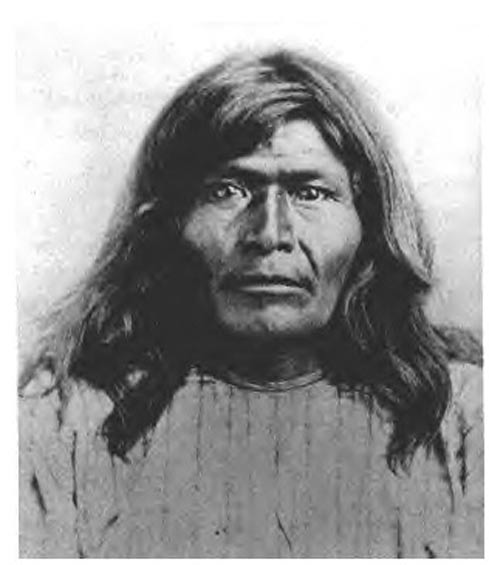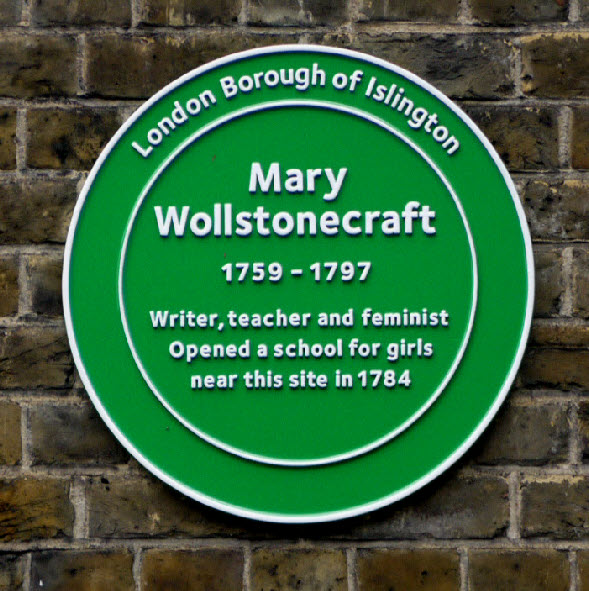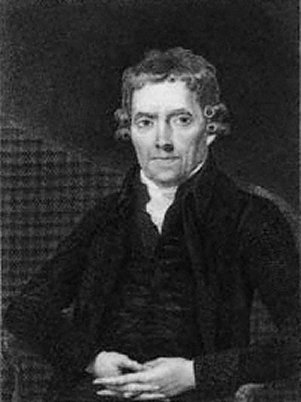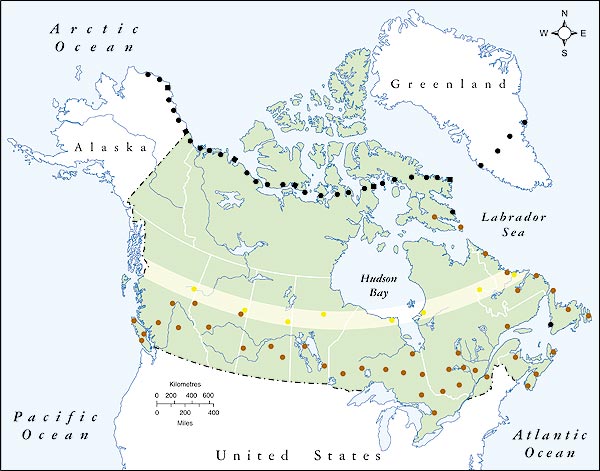Famed warrior, medicine woman, and military strategist, Lozen was dubbed 'the shield of her people' by her brother, Chief Victorio. Lozen helped her brother fight against the United States and Mexican governments, and helped her band of Apache escape from the inhospitable reservations they were forced onto. Her skills at stealing horses, and her ability to sense where her enemies were is legendary, and to this day she is honored as one of the fiercest and bravest women in Apache history.
Lozen was born in the late 1840s, somewhere in the American Southwest. She belonged to the Chihende band, and around age twelve answered the call to become a medicine woman. In addition to healing, Lozen felt drawn to being a warrior. Instead of learning the traditional female tasks, she learned how to fight, and, by all reports, was quite good at it.
It should be noted that 'Lozen' is probably not Lozen's actual name. 'Lozen' is an Apache title given to someone who is good at stealing horses. Many Apache of the era didn't give out their given names, because they felt that the use of their given names would diminish their spiritual power.
It's the 1870s, and Native American-United States Federal Government relations are predictably hostile. The United States has all this new land theystole won from Mexico that they're trying to settle and mine, and the Apache (as well as other tribes) are in the way. In a totally fair and ethical move, the United States Government decided that it would be a reasonable solution to round up the Native Americans, and sequester them on the pieces of land that nobody else wanted. The Native Americans were, unsurprisingly, not too keen on that idea, and conflicts between tribes and the US Government were breaking out all over the country.
The Chihende band was no different. They had been forced onto the San Carlos reservation in Arizona, and there wasn't enough food or resources. So in 1877 Chief Victorio, Lozen's brother, defied the US Government, led his band off of the reservation, and headed back towards their traditional lands near Ojo Caliente.
They were pursued relentlessly by US troops, and the band was on the run for about two years. While on the run, Lozen was one of the chief strategists for her band. Victorio referred to her as his 'right hand', and she was responsible for Apache success in several skirmishes.
Strategy wasn't Lozen's only gift. She was also able to tell what direction their attackers would come from. She would go onto the plain, and pray to Ussen, the Apache Creator God. She would follow the sun, and when her arms would tingle, and her veins darken she could tell in what direction their enemies were. She was able to warn her band of many attacks this way, and Victorio credited her and her talents as being directly responsible for keeping their people safe.
In 1879, Victorio and the warriors of the Chihende were killed by Mexican forces near Chihuahua. Lozen rode from the Mescalero reservation to hunt for survivors. There were almost none. Lozen joined the rest of her band, and went back to San Carlos, the reservation they had escaped from two years prior.
In 1881, Lozen and the Chihende left San Carlos for Mexico. While there, they joined up with Geronimo, Naiche, Juh, and Fun. A year later, Lozen and Geronimo's warriors led a raid on San Carlos that freed nearly 600 Apache. They hid in the Sierra Madre mountains, raiding the surrounding areas. They gradually moved north towards San Carlos, and they were free for about four years, until the Apache were forced into unconditional surrender in 1886. Lozen, Geronimo, and Naiche were sent off to Florida as prisoners of war, and Lozen died in an Alabama prison a few years later.
Sources
Lozen: An Intelligent and Brave Apache Warrior Woman
The Story of Lozen
Lozen: Apache Warrior Woman
Apache Women in History
Mescalero Apache Tribe
 |
| Lozen |
It should be noted that 'Lozen' is probably not Lozen's actual name. 'Lozen' is an Apache title given to someone who is good at stealing horses. Many Apache of the era didn't give out their given names, because they felt that the use of their given names would diminish their spiritual power.
It's the 1870s, and Native American-United States Federal Government relations are predictably hostile. The United States has all this new land they
The Chihende band was no different. They had been forced onto the San Carlos reservation in Arizona, and there wasn't enough food or resources. So in 1877 Chief Victorio, Lozen's brother, defied the US Government, led his band off of the reservation, and headed back towards their traditional lands near Ojo Caliente.
They were pursued relentlessly by US troops, and the band was on the run for about two years. While on the run, Lozen was one of the chief strategists for her band. Victorio referred to her as his 'right hand', and she was responsible for Apache success in several skirmishes.
 |
| Lozen's brother, Victorio |
In 1879, Victorio and the warriors of the Chihende were killed by Mexican forces near Chihuahua. Lozen rode from the Mescalero reservation to hunt for survivors. There were almost none. Lozen joined the rest of her band, and went back to San Carlos, the reservation they had escaped from two years prior.
In 1881, Lozen and the Chihende left San Carlos for Mexico. While there, they joined up with Geronimo, Naiche, Juh, and Fun. A year later, Lozen and Geronimo's warriors led a raid on San Carlos that freed nearly 600 Apache. They hid in the Sierra Madre mountains, raiding the surrounding areas. They gradually moved north towards San Carlos, and they were free for about four years, until the Apache were forced into unconditional surrender in 1886. Lozen, Geronimo, and Naiche were sent off to Florida as prisoners of war, and Lozen died in an Alabama prison a few years later.
Lozen: An Intelligent and Brave Apache Warrior Woman
The Story of Lozen
Lozen: Apache Warrior Woman
Apache Women in History
Mescalero Apache Tribe









